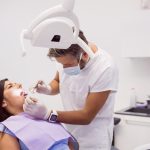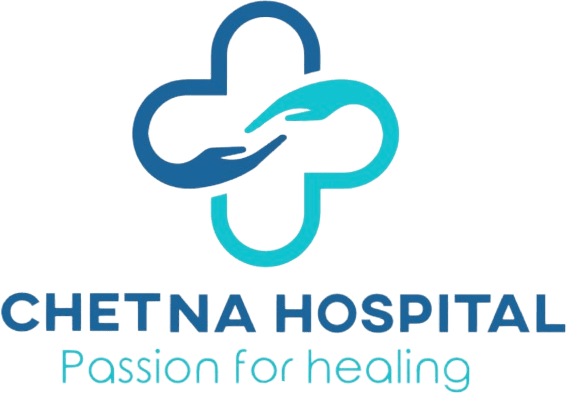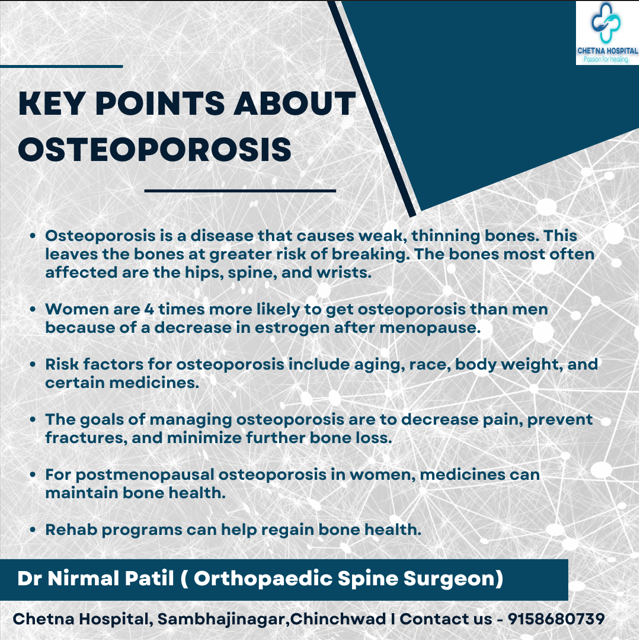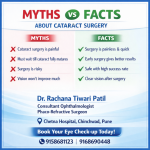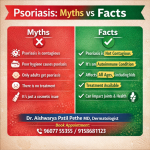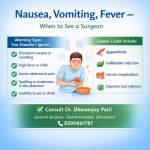Introduction:
Osteoporosis, a silent yet prevalent condition, silently weakens bones, making them fragile and prone to fractures. This comprehensive guide explores the intricate facets of osteoporosis, from its underlying causes and risk factors to diagnosis, prevention, and treatment options. Empowering individuals with knowledge is paramount in combating this pervasive bone disorder.
Understanding Osteoporosis:
Osteoporosis, derived from Greek words meaning “porous bone,” is characterized by a decrease in bone density and deterioration of bone tissue. This gradual weakening of bones compromises their strength and resilience, increasing the risk of fractures, particularly in the spine, hips, and wrists. While osteoporosis primarily affects older adults, it can develop at any age, especially in individuals with predisposing factors.
Causes and Risk Factors:
Various factors contribute to the development of osteoporosis, including genetics, hormonal changes, lifestyle choices, and medical conditions. Aging is a significant risk factor, as bone density naturally decreases with age. Postmenopausal women are particularly susceptible due to declining estrogen levels, which play a crucial role in maintaining bone density. Other risk factors include:
- Family history of osteoporosis or fractures
- Low body weight or BMI
- Sedentary lifestyle or lack of weight-bearing exercise
- Smoking and excessive alcohol consumption
- Certain medications, such as corticosteroids or long-term use of proton pump inhibitors
- Medical conditions like rheumatoid arthritis, celiac disease, or hyperthyroidism
Understanding these risk factors can help individuals assess their susceptibility to osteoporosis and take proactive measures to mitigate its impact on bone health.
Symptoms and Complications:
Osteoporosis is often asymptomatic in its early stages, earning it the moniker “silent disease.” However, as bone density decreases, individuals may experience symptoms such as:
- Back pain, caused by spinal compression fractures
- Loss of height over time
- Stooped posture or curvature of the spine (kyphosis)
- Fractures with minimal trauma, particularly in the hip, spine, or wrist
These symptoms can significantly impair mobility, independence, and overall quality of life. Moreover, osteoporotic fractures, especially hip fractures, can lead to serious complications, including prolonged disability, decreased life expectancy, and loss of autonomy.
Diagnosis and Screening:
Early detection of osteoporosis is critical for implementing preventive measures and reducing the risk of fractures. Bone density testing, typically performed using dual-energy X-ray absorptiometry (DXA) scans, is the gold standard for diagnosing osteoporosis and assessing fracture risk. Screening guidelines recommend DXA scans for:
- Women aged 65 and older
- Men aged 70 and older
- Younger adults with risk factors for osteoporosis or fractures
- Postmenopausal women under 65 with additional risk factors
Interpreting DXA results involves comparing bone mineral density (BMD) measurements to reference values and assessing fracture risk using tools like the Fracture Risk Assessment Tool (FRAX). Based on these assessments, healthcare providers can tailor treatment plans and lifestyle recommendations to individual needs.
Prevention Strategies:
Prevention is paramount in preserving bone health and reducing the likelihood of osteoporosis-related fractures. While certain risk factors like age and genetics are beyond one’s control, adopting healthy lifestyle habits can help maintain strong bones and minimize fracture risk. Key preventive strategies include:
- Adequate calcium and vitamin D intake: Calcium-rich foods (e.g., dairy products, leafy greens) and vitamin D supplements support bone health and calcium absorption.
- Regular exercise: Weight-bearing exercises (e.g., walking, jogging, dancing) and resistance training strengthen bones and improve balance, reducing the risk of falls and fractures.
- Smoking cessation: Quitting smoking reduces the risk of osteoporosis and fractures by promoting bone health and circulation.
- Limiting alcohol consumption: Moderating alcohol intake, particularly in postmenopausal women, helps preserve bone density and reduces fracture risk.
- Fall prevention: Creating a safe home environment, using assistive devices (e.g., handrails, grab bars), and addressing vision and balance issues can prevent falls and fractures.
By incorporating these preventive measures into daily life, individuals can proactively safeguard their bone health and reduce the likelihood of osteoporosis-related complications.
Treatment Options:
For individuals diagnosed with osteoporosis or at high risk of fractures, various treatment options are available to slow bone loss, increase bone density, and reduce fracture risk. Treatment plans are tailored to individual needs and may include:
- Medications: Bisphosphonates, selective estrogen receptor modulators (SERMs), denosumab, and parathyroid hormone (PTH) analogs are among the medications prescribed to enhance bone density and reduce fracture risk.
- Calcium and vitamin D supplements: Supplemental calcium and vitamin D may be recommended to ensure adequate nutrient intake, especially in individuals with dietary deficiencies.
- Lifestyle modifications: Continuing weight-bearing exercise, maintaining a balanced diet, and implementing fall prevention strategies are integral components of osteoporosis management.
- Regular monitoring: Periodic follow-up appointments, bone density testing, and evaluation of fracture risk help healthcare providers assess treatment efficacy and adjust management strategies as needed.
It’s essential for individuals with osteoporosis to actively participate in their treatment plans, adhere to prescribed medications, and collaborate closely with healthcare providers to optimize bone health and minimize fracture risk.
Conclusion:
Osteoporosis poses a significant public health challenge, affecting millions of individuals worldwide and imposing substantial economic and healthcare burdens. By understanding the underlying causes, recognizing risk factors, and implementing preventive measures, individuals can take proactive steps to preserve bone health and reduce the impact of osteoporosis on their lives. Early diagnosis, regular screening, and comprehensive treatment approaches are essential in mitigating fracture risk and promoting optimal bone health across the lifespan. Through education, awareness, and empowerment, we can collectively combat osteoporosis and enhance musculoskeletal health for generations to come.
#pune #pcmc #chinchwad #hospital #medical #medicalservices #spinesurgeon #backspecialist #sciatica #sciaticnerve #sciaticapain #sciaticatreatment #spinesurgery #spinespecialist #spinedoctor #backpaindoctor #endoscopicspinesurgery #orthopaedicsurgeon #mistlifsurgery #cervicalpain #spinalcord #rediculopathy #backpainrelief #slippeddisc #spine #neckpain #spinalstenosis #lumberlordosis #backbonesurgery



